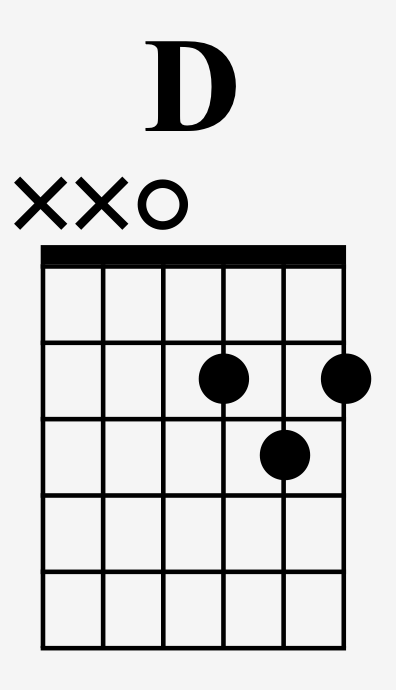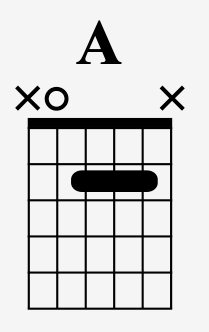The Ultimate Hey Joe Guitar Lesson (Jimi Hendrix)
Today I want to share with you how I play the very first single released by the Jimi Hendrix Experience in 1966, “Hey Joe”.
In this “Hey Joe” guitar lesson, I’m going to break down key insights into Hendrix’s signature guitar style as well as discuss the background of this song. It is most commonly associated with Hendrix but it was actually originally written by Billy Roberts.
It’s relatively simple. You’ll only need 5 chords to play the whole thing. I’ll walk you through it step-by-step. So make sure you’re tuned up and let’s get started.
Who originally sang Hey Joe?
"Hey Joe" is a song that is most associated with the legendary guitarist Jimi Hendrix. But it was actually written by Billy Roberts, an American folk musician, in the early 1960s.
The first known recording of "Hey Joe" was made by Roberts. He performed the song in a simple acoustic arrangement. Yet this version formed the basis for Hendrix’s later electrified version.
The song gained broader attention when it was recorded by a Los Angeles-based band called The Leaves in 1965. Their rendition of "Hey Joe" had a more rock-oriented sound and became a regional hit in California. The Leaves' version helped popularize the song within the local music scene.
But it was Jimi Hendrix and his rendition of "Hey Joe" with The Jimi Hendrix Experience that brought the song to worldwide fame. Hendrix's recording, released in 1966, became a chart-topping hit and is the most well-known and influential interpretation of the song.
Over the years, "Hey Joe" has been covered by numerous artists from various genres, but it is Hendrix's rendition that remains the most celebrated and influential.
His interpretation of the song shows his unique approach to guitar playing and his ability to push the boundaries of music. "Hey Joe" has become a staple in Hendrix's discography and continues to be recognized as one of his most iconic and lasting songs.
Is Hey Joe hard to play on guitar?
To play the basic chord progression to Hey Joe is not too difficult. But to play the solos and rhythmic embellishments that Hendrix did on his version definitely requires a higher guitar skill level.
What is the tuning for Hey Joe?
Hendrix very commonly kept his guitar tuned down ½ step. In fact, you will see this over and over in the majority of his songs. So the strings listed from low to high (in pitch) tuned down ½ step would be:
6th string = Eb
5th string = Ab
4th string = Db
3rd string = Gb
2nd string = Bb
1st string = Eb
But his version of “Hey Joe” is in standard tuning like this:
6th string = E
5th string = A
4th string = D
3rd string = G
2nd string = B
1st string = E
Hey Joe Chords
You only need 5 chords to play “Hey Joe” Those 5 chords are C, G, D, A, and E. The song is in the key of E but it starts on C. Here is how I would play each shape.
C would be played from the 5th string down like this:

For G, I would switch to playing all 6 strings like this:

D is played from the 4th string down like this:

For the A chord, I would just use my index finger (in the fretting hand) and play this:

And finally, E I would play using all 6 strings like this:

Next, let’s put them into the progression of the song. The entire chord progression for “Hey Joe” is just 4 bars long. The first 2 bars have 2 chords per bar like this:
C, G (1 bar)
D, A (1 bar)
Then the progression ends with 2 bars of E.
E (2 bars)
So all together the progression goes.
C, G (1 bar)
D, A (1 bar)
E (2 bars)
That’s all there is to the progression. Then those 4 bars simply repeat over and over for the whole song.
Hey Joe Strumming Pattern
If you are just getting started with the progression and are having trouble changing chords smoothly, then start by just strumming once per chord per bar.
Once switching chords is starting to feel more comfortable, next try to play this strumming pattern, but first just try it on a C chord.

This pattern is only 2 beats long so it would be repeated twice per bar. Use all downstrums until the very last strum like this:
1 e + a 2 e + a
D D D DU
When you are ready, then try to put the chord progression and strumming pattern together like this:
Hey Joe Guitar Solo
The primary scale that Hendrix uses to solo over “Hey Joe” is the E minor blues scale. This scale can be played at the 12th fret like this:

Those same strings and frets can be played like this:
6th string = 12, 15
5th string = 12, 14
4th string = 12, 14
3rd string = 12, 14, 15
2nd string = 12, 15
1st string = 12, 15
Hendrix was a master at playing the blues. He used these 6 notes as an invaluable pool of notes to choose from when he played solos on “Hey Joe”.
One of the most common techniques he used was string bending. For example, he would often bend the 15th fret (D) on the 2nd string up a full step to the note (E) like this:

Example 2 shows how he would play quick bursts going up the scale and then come back one note like this:

And finally, this 3rd example (the first 3 notes) shows a classic blues lick that T-Bone Walker would play I call the “Launching Point” lick:

Exploring techniques like bends, slides, vibrato, and hammer-ons/pull-offs will all add expressiveness and dynamics to your solo. When you combine a few of these techniques with the blues scale you will be well on your well to improvising over this song.
Hey Joe Bass Line
After the guitar solo, Hendrix plays a fun walking bass line riff that connects the chord changes. It starts on the 3rd fret of the 5th string and uses an eighth-note rhythm like this:

This is also a great way to end the song. Hendrix uses this live as the recorded version just fades out.
Conclusion:
"Hey Joe" is an iconic song that has become synonymous with the legendary guitarist Jimi Hendrix. Although originally written by Billy Roberts, it was Hendrix's version that truly propelled the song to worldwide fame.
Understanding the chord progression, exploring the E minor blues scale, and incorporating techniques like bends, slides, and vibrato will help you capture the essence of Hendrix's guitar style. So remember to take it slow and when you are ready try to play it along with the recording. Happy blues jamming! And for more blues guitar lessons check out this post on 101 best blues songs to learn on guitar next!
Like this blog post? Get Jon’s best guitar lessons straight to your inbox.
